Alternative energy in the world
 When they talk about alternative energy, they usually mean installations for the production of electricity from renewable sources - sunlight and wind. In this case, the statistics exclude hydroelectric power generation, stations using the power of sea and ocean tides, as well as geothermal power plants. Although these energy sources are also renewable. However, they are traditional and have been used on an industrial scale for many years.
When they talk about alternative energy, they usually mean installations for the production of electricity from renewable sources - sunlight and wind. In this case, the statistics exclude hydroelectric power generation, stations using the power of sea and ocean tides, as well as geothermal power plants. Although these energy sources are also renewable. However, they are traditional and have been used on an industrial scale for many years.
Alternative (non-traditional) sources of energy - Renewable and non-renewable sources, the use of which energy at the current stage of energy development acquires economic importance.
The idea of using wind and solar power to generate electricity is quite appealing. Ultimately, this will eliminate fuel usage. Even the usual landscape will have to change. TPP pipes and nuclear sarcophagi will disappear. Many countries will no longer be permanently dependent on fossil fuel purchases. After all, the sun and wind are everywhere on Earth.
But will such energy be able to replace the traditional one? Optimists believe this will happen. Pessimists have a different view of the problem.
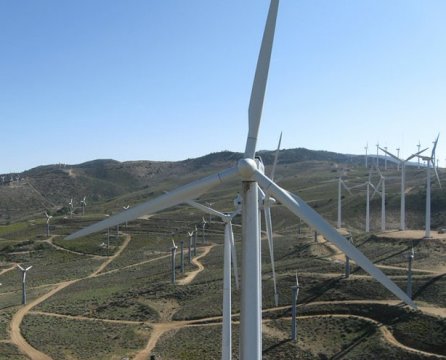
World statistics show that the growth of investment in alternative energy has been declining since 2012…. There is even a decline in absolute numbers. The global decline is mainly due to the United States of America, Western European countries. This cannot even be offset by the rise in Japanese and Chinese investment.
Perhaps the statistics are somewhat skewed, as point producers of alternative energy—individual solar panels on the roofs of residential buildings, wind turbines serving individual farms—cannot be taken into account in practice. And according to experts, they account for about a third of all alternative energy.
Germany is rightly considered a leader in the production of electricity from renewable sources. In many ways, its energy sector is a kind of training ground for the development of promising models. The installed capacity of its wind and solar generation is 80 GW. 40 percent of the capacity belongs to individuals, about 10 to farmers. And only half — to companies and the state.
Approximately every twelfth German citizen owns an alternative power plant. Approximately the same figures characterize Italy and Spain. Solar power plants are connected to a common grid, so their owners produce and consume electricity at the same time.
 In previous years, consumers could get alternative energy only in sunny weather, but now the use of whole complexes in which solar batteries are supplemented with batteries - traditional lead or modern lithium - is actively expanding. In this way, it becomes possible to accumulate excess energy to be used later in the dark or in bad weather.
In previous years, consumers could get alternative energy only in sunny weather, but now the use of whole complexes in which solar batteries are supplemented with batteries - traditional lead or modern lithium - is actively expanding. In this way, it becomes possible to accumulate excess energy to be used later in the dark or in bad weather.
Experts estimate that such a package allows the average European family of four to save 60% of the electricity consumed. Savings of 30% will be provided directly by solar panels and another thirty batteries.
The savings are significant, but the cost of such energy is very high. A six kWh battery costs an average of 5,000 euros. If you add installation, maintenance, taxes and other costs, a six kWh installation will cost between ten and twenty thousand euros. Germany now has an electricity tariff of about 25 cents. Therefore, the payback period of an alternative single family unit would be about thirty years.
Clearly, no battery will last that long. But this only applies to modern technology. According to experts, the cost of both batteries and solar panels will decrease, and electricity tariffs will increase. This is the vision of the owners of many companies, especially Google. It is this company that is the leader in investments in the development of alternative energy in the USA. To highlight this fact, solar panels have been installed in the parking lot of its head office.
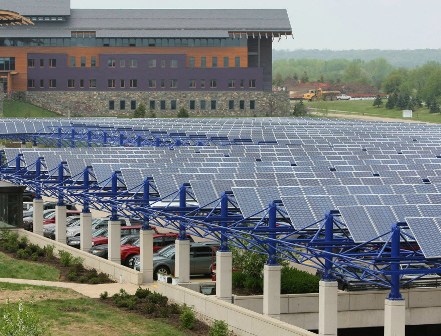
In Western Europe, some smelters and cement producers say they are ready to partially use solar power in the near future.
A number of experts predict a sharp decline in the demand for traditional types of energy and the disappearance of nuclear energy in the foreseeable future. It is likely that American energy companies are also listening to similar assessments. So in recent years in the US, the commission that regulates nuclear energy has not approved any of the nuclear power plant projects.
Despite all the bright prospects, alternative energy raises questions to which there are still no clear answers. One of the main problems is that the development of the industry is mainly carried out with colossal state support. The uncertainty of whether this situation will continue in the coming years has caused a decline in the interest of investors in the US, which was written about earlier. The same picture is seen in Italy, where the government has reduced green tariffs to reduce the budget deficit.
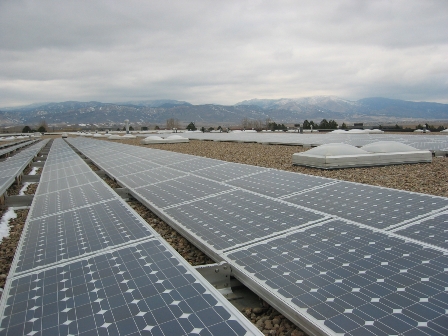
Germany produces about a quarter of all electricity from alternative sources and even exports it. The problem is that this energy has priority to enter the market. And this already discriminates traditional suppliers, violates their economic interests. The state subsidizes the production of alternative technology, but the money for subsidies is taken by raising tariffs. Approximately 20% of the cost of electricity for Germans is an overpayment.
The more green electricity is produced, the harder it is for traditional energy companies to survive. Their business in Germany is already in jeopardy. Big energy producers investing in alternative generation have fallen into their own trap. A large share of green electricity has already brought down wholesale prices.
Solar panels, wind installations cannot provide energy on cloudy days, in the absence of wind, therefore it is still unrealistic to abandon thermal power plants, but due to the priority of alternative electricity, the production capacities of cogeneration plants are forced to stand idle at sunny weather and on windy days and this increases the cost of their own generation and affects consumers.
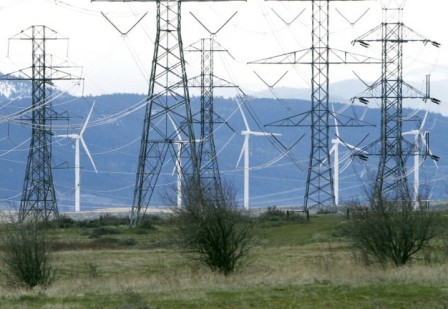
Arguing about alternative electricity, justifying their economy in the future, they usually work only at the cost of the installations themselves. But in order for the entire energy system to work and the consumer to receive electricity without interruption, it is necessary to keep ready traditional capacities, which as a result will be loaded only up to a fifth of their production capacities, and this is an additional cost. Besides it is necessary to radically modernize the power grid, to make it "smart" in order to ensure the flow of electricity in it based on new principles. All this requires a multibillion-dollar investment, and it is not yet clear at whose expense they will be covered.
In the press, alternative energy is presented as an almost problem-free industry that promises to obtain cheap and environmentally friendly electricity in the future, but serious business understands the risks associated with it. Government support is not a very reliable source of funding; it's risky to bet on her. Such a "spring" can dry up at any moment.
And there is another significant problem. Solar and wind installations require the expropriation of vast territories.If for US conditions this is not a big problem, then Western Europe is densely populated. Therefore, large projects related to alternative energy have not yet been implemented.
Energy companies seeking to minimize risk invest alongside a variety of funds, including pension and insurance companies. But even in Germany, all current projects are not large-scale, but targeted. There is still no experience in the creation and long-term operation of large production facilities in the world.
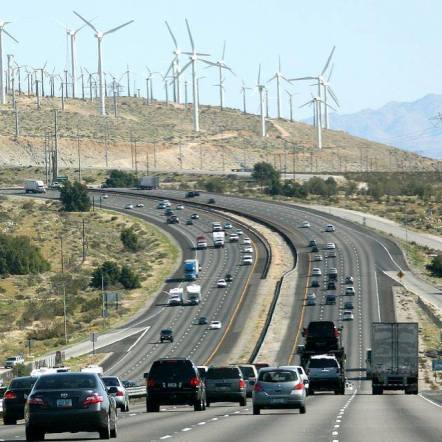
While the problems of alternative energy, its risks are mostly discussed by experts and therefore do not seem to be relevant to society. Energy, like any other complex, branched and established system, has great momentum. And only years of development of any new trend can dislodge it from its place. For this reason, it is likely that the development of alternative energy will still be carried out with state support and there will be a regime of the most favored nation.
The green lobby in the US is becoming more and more active. Even serious researchers are betting on alternative energy. Thus, according to a Stanford University report, New York State can fully meet its electricity needs by 2030 due to solar and wind installations. At the same time, the report states that if they are properly located in the state, then there is no need to maintain spare operating capacities for heat generation. It is true that the authors of the report do not propose to completely abandon the traditional energy sector.
Alternative energy is no longer exotic, it really exists. It is clear that as it develops, the number of problems associated with it will only increase.
